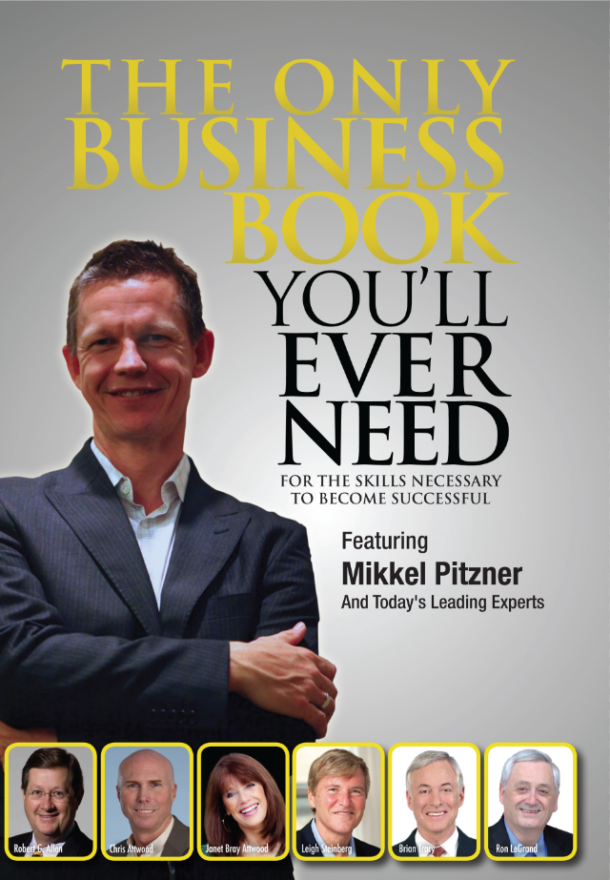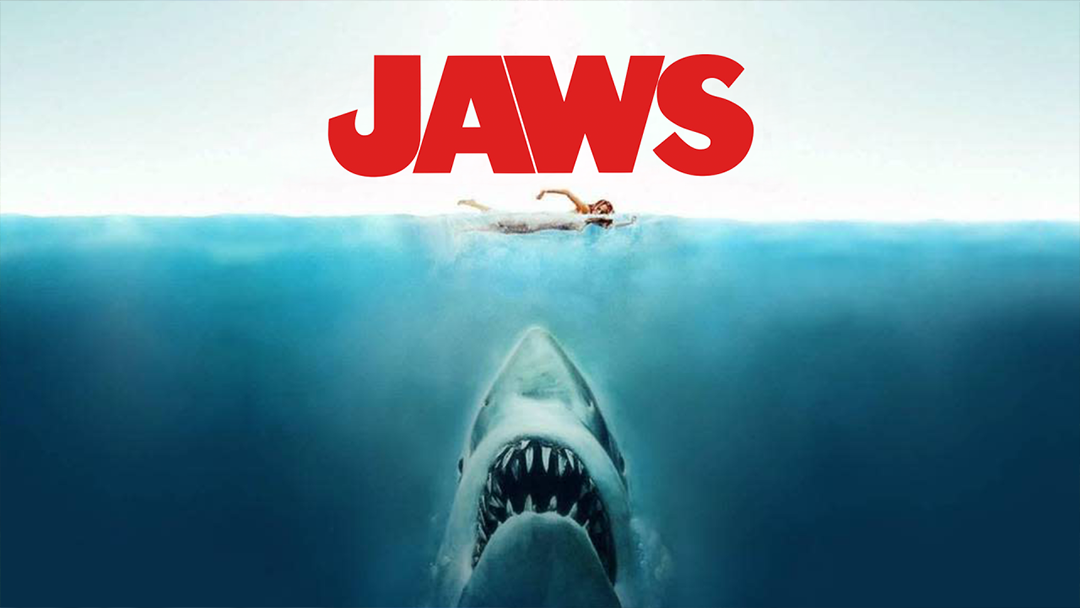
Yesterday, I found myself in a Barnes & Noble – a place I love for its quiet shelves and the promise of new ideas. As I approached the checkout counter, something unexpected caught my eye: A LEGO set inspired by the epic movie Jaws.
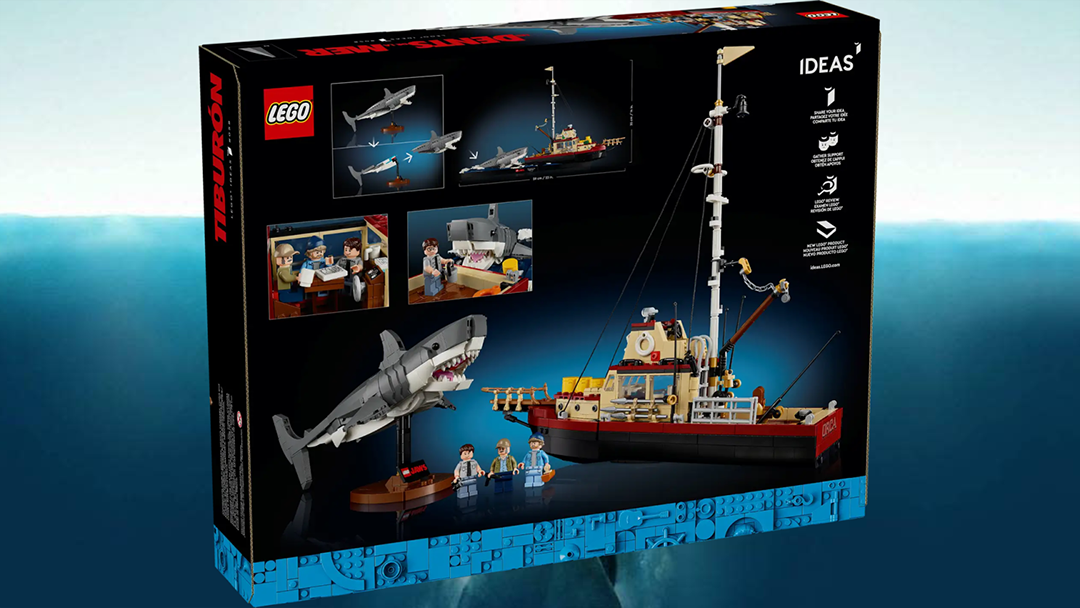
If you’re new to LEGO, picture ingenious little Danish bricks that click together into anything you can dream. In my book, it’s the greatest toy ever invented. It sparks creativity, encourages problem-solving, fuels ingenuity, and helps people of all ages think in dimensions beyond the ordinary. As a proud Dane, I glow whenever I see that LEGO logo; it’s surely one of the finest gifts my home country has given the world.
But seeing Jaws and LEGO combined like that?
That hit differently.
Because here’s what most people don’t know: Both Jaws and LEGO share something in common beyond plastic.
They’re both survival stories.
One born of cinematic terror, the other of corporate near-collapse – each packed with lessons for anyone steering a business through shark-infested waters.
A Ghost Resurfaces on My Feed
This morning, that LEGO-Jaws connection sparked another memory when I saw a Facebook post commemorating the 50th anniversary of Jaws.
When Jaws hit theaters 50 years ago, it did more than terrify beachgoers. It launched the summer blockbuster and became a cinematic icon. But embedded in its suspenseful storytelling is a scene that transcends fiction. A grizzled fisherman named Quint recalls a true-life naval disaster: The sinking of the USS Indianapolis.
In July 1945, that real-life ship had just completed a top-secret mission delivering parts for the first atomic bomb. Days later, torpedoes from a Japanese submarine ripped through its hull, sinking the vessel in just 12 minutes. There were 1,195 crew members aboard. Roughly 300 went down with the ship when it sank. Roughly 900 sailors were left stranded in the Pacific. No lifeboats. No food. Just open ocean. What followed was a living nightmare: Dehydration, exposure, and the deadliest shark attack on humans in recorded history.
Only 316 men survived.
Quint’s haunting monologue in Jaws was drawn from this tragedy. That link between cinematic suspense and historical horror gave the film a gravity most thrillers never achieve. Not just a shark story, but a survival story. And it stayed with audiences because it felt like a glimpse into something horrifyingly real.
Quint’s monologue gave Jaws its soul because it was true, and the eerie, and simple music theme masterfully composed by John Williams, which we all think of instantly when we think of Jaws still leaves us with chills.
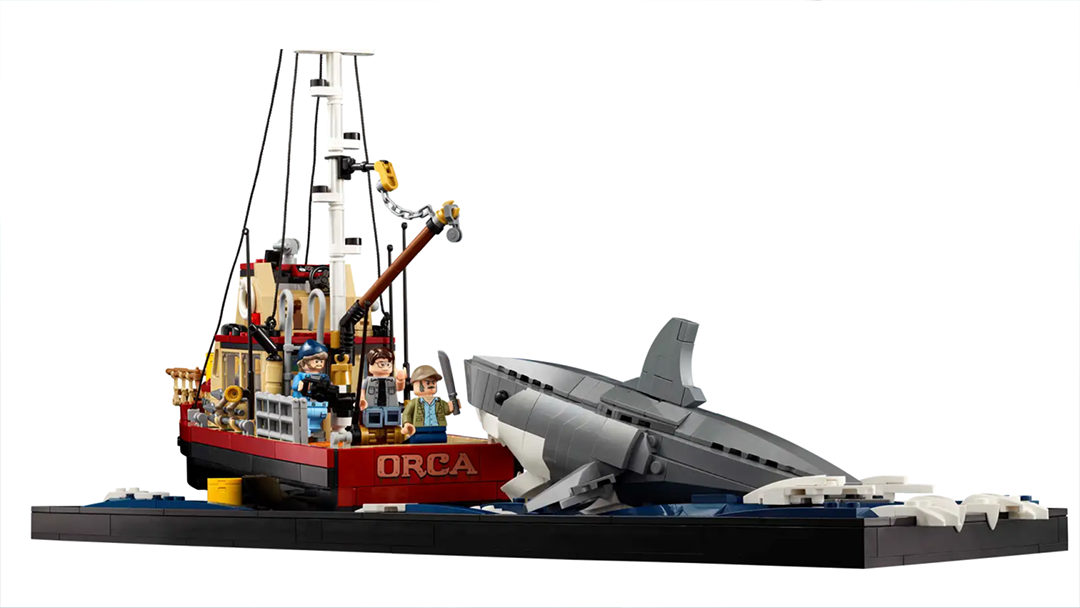
Yet the story’s author came to regret the fear he’d unleashed. In 2000 Peter Benchley admitted, “What I now know, which wasn’t known when I wrote Jaws, is that there is no such thing as a rogue shark which develops a taste for human flesh… No one appreciates how vulnerable they are to destruction.” liherald.com
Benchley spent the rest of his life campaigning for ocean conservation – a mission close to my own heart as an avid scuba diver. And I love, by the way, sharks, and always was thrilled when I had the chance to encounter one in its element. In fact, I’ve long said:
“Any dive with a shark in it is a great dive.” Sharks are vital apex regulators of marine ecosystems; demonising them only accelerates an ecological domino we cannot afford.
LEGO’s Brush with Bankruptcy
Few realize Denmark’s plastic-brick giant once flirted with oblivion.
By 2003 LEGO’s sales had plunged 30 percent, debt ballooned to US $800 million. Their once-impressive profit margins had plummeted. Analysts were beginning to write LEGO off as another iconic brand that lost its way. And much like the crew of the Indianapolis, the company had no immediate rescue in sight. Over-expansion into theme parks, clothing, and other distractions had shoved the company far from its core.
The challenges were many:
- The toy market was shifting rapidly toward digital entertainment.
- LEGO’s portfolio had grown stale.
- Its supply chain was bloated and inefficient.
- Expansion into clothing lines, video games, and theme parks had stretched it too thin.
They were adrift in dangerous waters.
Enter Jørgen Vig Knudstorp, a former McKinsey consultant and a fellow Dane, who took the helm as CEO in 2004. And much like a seasoned captain determined not to go down with the ship, he made the tough calls and staged one of the greatest turnarounds in corporate history: He halted expansion and cut unprofitable divisions.
He refocused the company on its core product: The brick.
He slashed the supplier list, streamlined operations, and began to modernize manufacturing.
Most importantly, he made sure LEGO adapted to new generations by embracing digital play, launching LEGO video games and even jumping into film with The LEGO Movie, which became a surprise hit.
But they didn’t just modernize. They listened.
LEGO began actively engaging with fans through platforms like LEGO Ideas – a space where builders could submit their own concepts for future sets. Creativity wasn’t just something they sold. It was something they cultivated.
The result? One of the greatest corporate turnarounds in history.
By 2014, LEGO had overtaken Mattel as the world’s largest toy maker.
Last year, in 2024, they achieved record-breaking revenues of DKK 74.3 billion, DKK 18.7 billion in operating profit, Net Profit: DKK 13.8 billion, with market share rising despite a declining global toy market.
The Hidden Lifeline: Expert Consulting
Turnarounds of that scale rarely happen without experienced counsel. Throughout my own career I’ve served as a hands-on business-rescue agent, ranking top-three among 1,300 consultants at one of America’s best-performing private firms. Working shoulder-to-shoulder in the trenches with more than 250 companies, I’ve helped owners:
- Carve a crystal-clear path from chaos to confidence.
- Design a specific profit blueprint that everyone can track.
- Install bullet-proof cash controls so the business never flies blind.
- Build or upskill management teams that run the company — instead of the company running the owner.
Some clients were teetering on insolvency; today they’re thriving. Others were merely coasting; now they dominate their niches. The pattern is constant: Focus, discipline, and the right outside perspective turn panic into progress.
One Box, Two Lessons
So that Jaws LEGO set on the counter wasn’t just merchandise. It was a metaphor:
- Jaws warns that unbridled fear can sink even the strongest when we lose perspective.
- LEGO proves that with vision, guidance, and disciplined execution, even a listing vessel can right itself and sail stronger than ever.
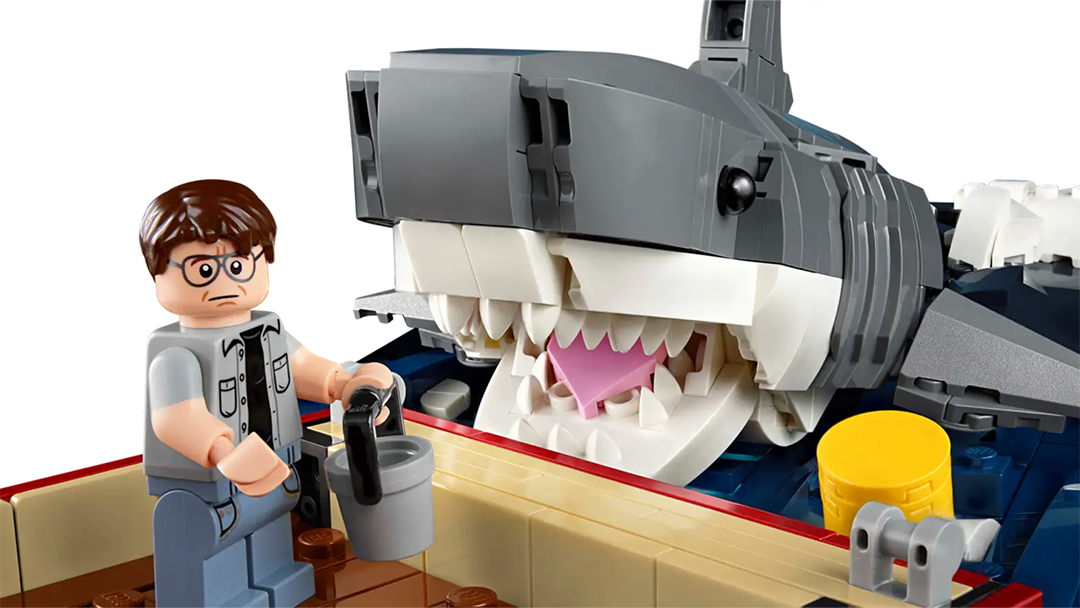
Sharks — whether flesh-and-blood or metaphorical — will always circle our ventures. Both stories remind us that the ocean – like business, like life – is unpredictable. You can be sailing smooth one day, then blindsided the next. The question is: Do you freeze? Or do you fight your way back? The difference between sinking and sailing comes down to preparedness, expertise, and the will to keep building.
If your business feels adrift, remember: You don’t have to battle the ocean alone.
With the right plan and a seasoned guide at your side, survival isn’t a roll of the dice; instead, it’s a deliberate, repeatable process.
Why a Seasoned Consultant Can Be Your Lifeline When It Looks Bleak
When a business is in trouble – really in trouble – it can feel like you’re stuck in a storm with no visibility, no compass, and water pouring in from every direction.
The temptation is to either freeze or flail. Neither works. What you need in those moments is clarity, precision, and experience. That’s exactly where a seasoned entrepreneur and consultant becomes invaluable.
The best consultants aren’t just theorists or spreadsheet jockeys. They’re entrepreneurs themselves. They’ve owned and operated real businesses, felt the weight of payroll stress, cash crunches, and tough personnel decisions. They’ve made mistakes, and learned exactly how to avoid repeating them.
But more than that, they’ve worked with hundreds of businesses, across industries, sizes, and stages of growth. That means they’ve seen far more patterns, pitfalls, and possibilities than the average business owner will ever encounter in a lifetime.
While most owners are stuck inside their own walls, a great consultant has the benefit of hindsight, foresight, and cross-industry insight.
They don’t just offer advice, but bring battle-tested systems:
- Tools for diagnosing profit leaks
- Frameworks for restoring cash flow fast
- Processes for aligning teams and elevating managers
- And proven methods for rebuilding broken operations into high-performance machines
They know what works, and just as importantly, what doesn’t. They can help you avoid wasting months (or years) chasing strategies that won’t move the needle.
When the waters are calm, anyone can steer the ship. But when the storm hits, when everything you’ve built is at risk, you want someone who has navigated through hurricanes before, not someone reading about it for the first time.
And that’s the value of real-world consulting: Not just advice, but a steady hand, a sharp eye, and a working map to get you from where you are to where you want and deserve to be.
Because when the sharks are circling, the difference between disaster and a comeback isn’t luck.
It’s leadership.
Ready to Navigate Out of Dangerous Waters?
If you’re ready to explore how I can help transform your business – whether you’re facing a critical challenge that demands a complete turnaround, or you’re performing adequately but wrestling with the persistent feeling that your business should be generating far more revenue than it currently is – let’s schedule a confidential strategic conversation.
Together, we’ll assess exactly where you stand, identify the hidden obstacles constraining your growth, and map out the specific tactical moves that will unlock enhanced profitability, operational efficiency, and executive peace of mind.
No theoretical frameworks. No generic solutions. Just battle-tested strategies, real-world experience, and actionable direction, calibrated precisely for your industry, your team, and your growth objectives.
The sharks are circling. But like the LEGO turnaround and the Indianapolis survivors, you don’t have to face them alone.
I’ve guided 250+ business leaders from uncertainty to sustainable success. Your breakthrough is one conversation away.
Brick by brick, wave by wave – keep building.


